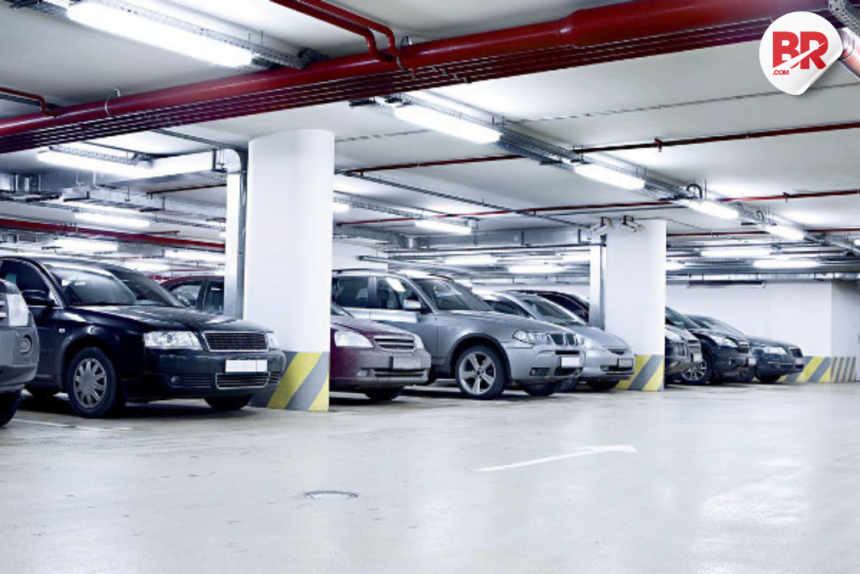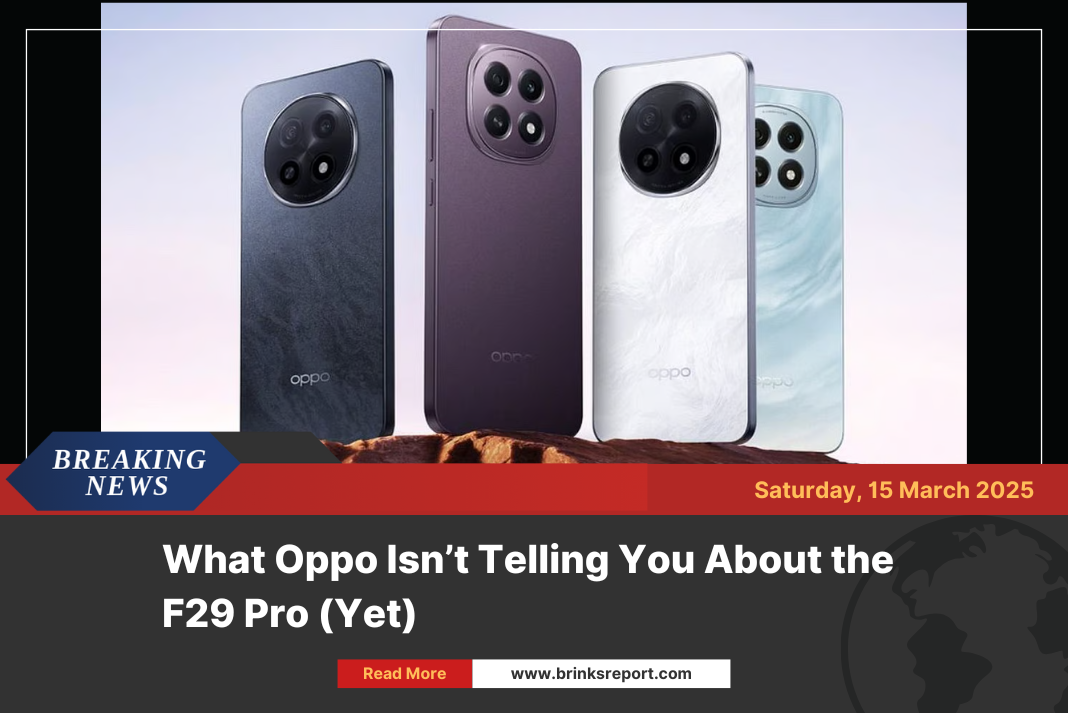
Kolkata is set to get a massive 900-car underground park near Sahid Minar, part of a Rs 450 crore plan to finally fix Esplanade’s legendary traffic mess. Fourteen years after courts ordered the bus terminus to move, this project promises to free up roads, streamline parking, and make commuting smoother for lakhs of Kolkatans.
What’s Changing?
- No more buses at Esplanade: They’ll shift to New Town or Santragachhi.
- Three entry/exit points: Near Curzon Park, state bus stand, and Press Club.
- Pedestrian underpass proposed: To ease foot traffic at the chaotic Jawaharlal Nehru Road crossing.
For office-goers, shoppers, and metro users, this means fewer jams and safer walks—no more playing real-life Frogger between buses and taxis.

Since 2011, when Calcutta High Court first ruled against the Esplanade bus stand, delays and political tussles left the area in limbo. Now, with RITES (a govt-backed consultancy) finalizing plans, authorities are serious. As a Kolkatahan, imagine:
- No more circling for parking before a New Market shopping spree.
- Cleaner air with fewer idling buses.
- Better metro access for suburban commuters.
A police officer at Lalbazar joked, “If this works, we might actually see Esplanade’s sidewalks again.”
Also Read Will Kolkata Be Underwater by 2050? Unveiling the Alarming Truth About Sea Level Rise
The Bigger Picture
This isn’t just about cars—it’s about rebuilding Kolkata as a modern, livable city. Similar projects, like Mumbai’s Coastal Road or Delhi’s smart parking lots, show how India’s metros are fighting congestion. Critics argue buses shouldn’t be pushed to far-off termini, but with Kolkata’s population density (24,000 people/sq km!), tough calls are needed.
Pro Tip: If you hate traffic, cheer for this—but also demand better last-mile transport (cough more electric buses cough).
What’s Next?
- Construction starts in 2026 (if approvals stay on track).
- KP’s pedestrian underpass could take another year.
- Expect 2-3 years of chaos before benefits kick in.
As any Kolkatan knows, patience is key. But after 14 years of waiting, the light—much like a taxi finally moving in Esplanade gridlock—is visible.












